March 08, 2009
That's the nose, and particularly how the front wing is mounted to the pointy end of the car. There seem to be three main schools of thought on how the wing should be attached under the new rules, and we'll take a close look at them in a second.
First, however, let's take a look at how the nose of a F1 car has been designed over the past three seasons:
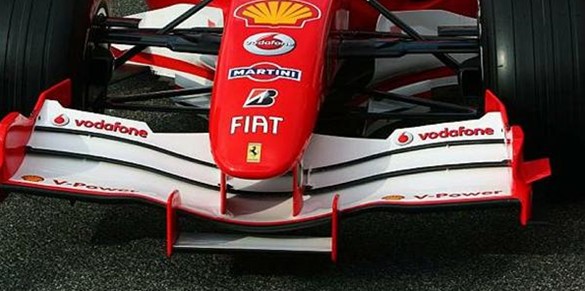
The 2006 Ferrari nose came with an extra element slung beneath the wing, but had a simple short mounting.
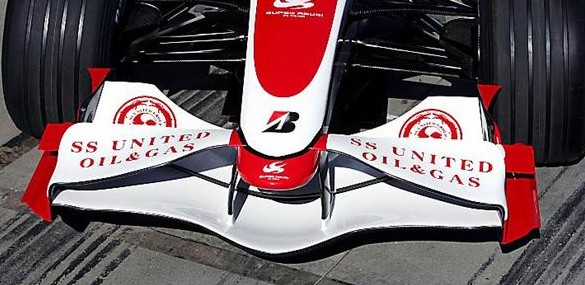
The 2007 SuperAguri nose had a fairly complex, medium-length mounting system, and of course a raised bridge-style wing.
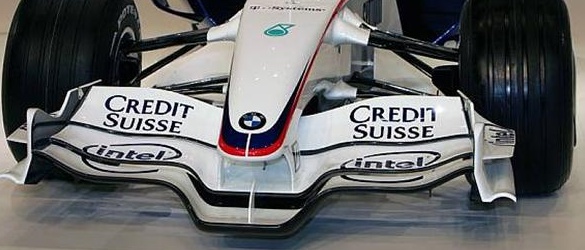
The 2008 BMW nose had a short length mounting, and a very convoluted wing.
Now onto the 2009 noses!
As I mentioned, there seem to be three base concepts behind nose mounts this season, which I'll call long, short, and intermediate. Surprisingly, the teams appear to be divided over which style is better; nine cars have debuted (the last is scheduled for Monday, March 9th), and each style has the same number of adherents.
First, the long style:
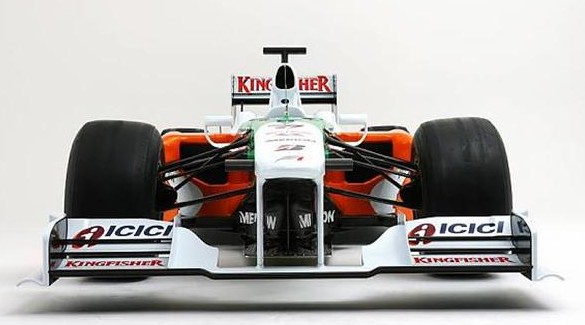
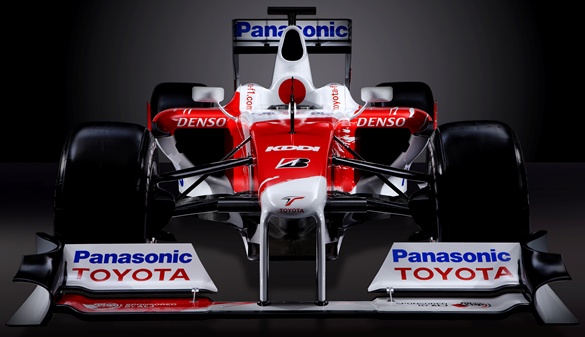
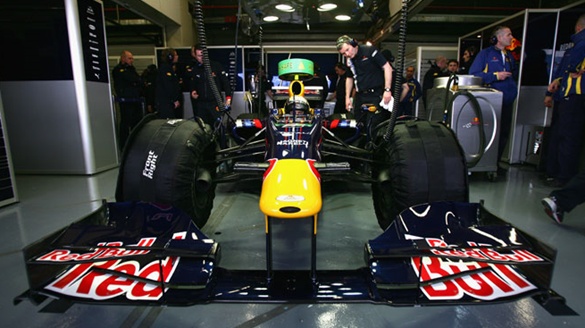
The intermediate style:
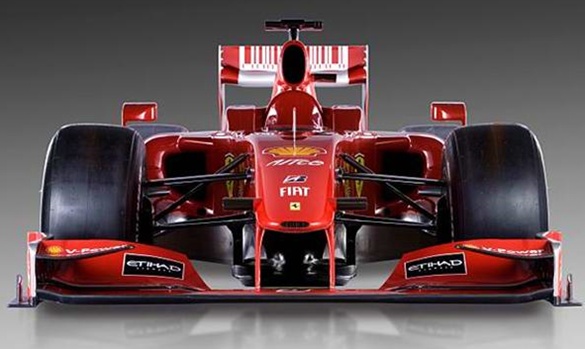
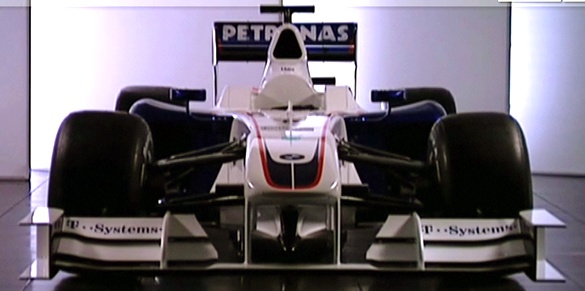
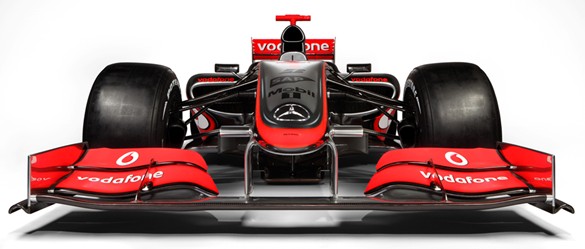
McLaren
The short style:
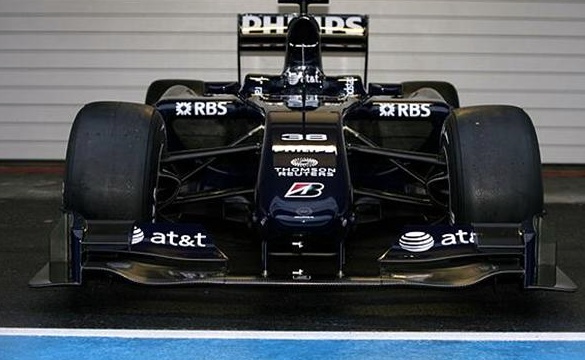
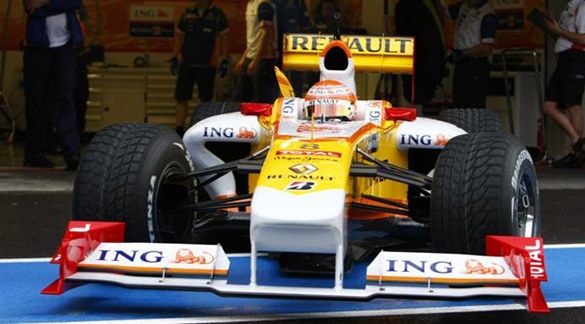
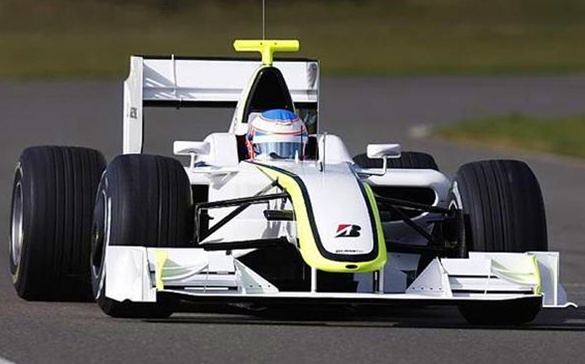
So what does it all mean? To be frank, I haven't the slightest idea. If I had to guess, I'd say the intermediate style is most likely to be the best. It may be no coincidence that the top three teams in the Constructor's Championship (Ferrari, McLaren, BMW) are using it.
If you go by the eye test ("If it looks good, it is good"), though, I'd go with Brawn Racing's nose. It looks clean and simple, which probably means it's the least likely to be any good; that's how F1 works sometimes. Conversely, Renault's truck nose is, without a doubt, the ugliest of the bunch, and thereby should be awful.
However, nobody really knows, which is the beauty of all of this... we won't know until they get on the track. Three weeks and counting...
Posted by: Wonderduck at
09:34 PM
| Comments (4)
| Add Comment
Post contains 605 words, total size 5 kb.
What's the purpose of the front wing? It's hard for me to judge good/bad if I don't know what they're trying to accomplish.
As a guess, the purpose is to control airflow over the front tires in order to minimize turbulence and drag. Is that it?
Alternatively, the purpose is to produce down-force so that the front tires have better traction for steering.
Posted by: Steven Den Beste at March 08, 2009 11:20 PM (+rSRq)
A F1 car without the front (or rear) wing can still be driven, but it becomes very difficult to steer, and impossible to steer at higher speeds. It's no surprise that when Honda went to Bonneville a few years ago to run their car up to 400kph, they had taken off as much front wing as they could (and replaced the rear wing with a tailfin)... they needed little drag and just enough downforce to keep the wheels on the ground. Of course, on the salt flats you don't need to turn.
At a place like Monaco, though, they crank on the wing for as much downforce as they can get. It's a slow track, so the drag caused by the wings doesn't affect the top speed much, and it lets the car hold onto the street like a cat on a shag carpet.
Posted by: Wonderduck at March 08, 2009 11:39 PM (tMdKd)
Posted by: Pete Zaitcev at March 09, 2009 06:37 AM (/ppBw)
Good analysis of the nose types. I think I prefer the Brawn nose for the highly technical reason that it looks nicer. Red Bull, for instance, looks like it's attached with paper clips, although that may have been the angle of the picture or the lighting or something.
Looking forward to race day!
Posted by: Mallory at March 10, 2009 06:47 AM (3sife)
47 queries taking 0.3701 seconds, 280 records returned.
Powered by Minx 1.1.6c-pink.









